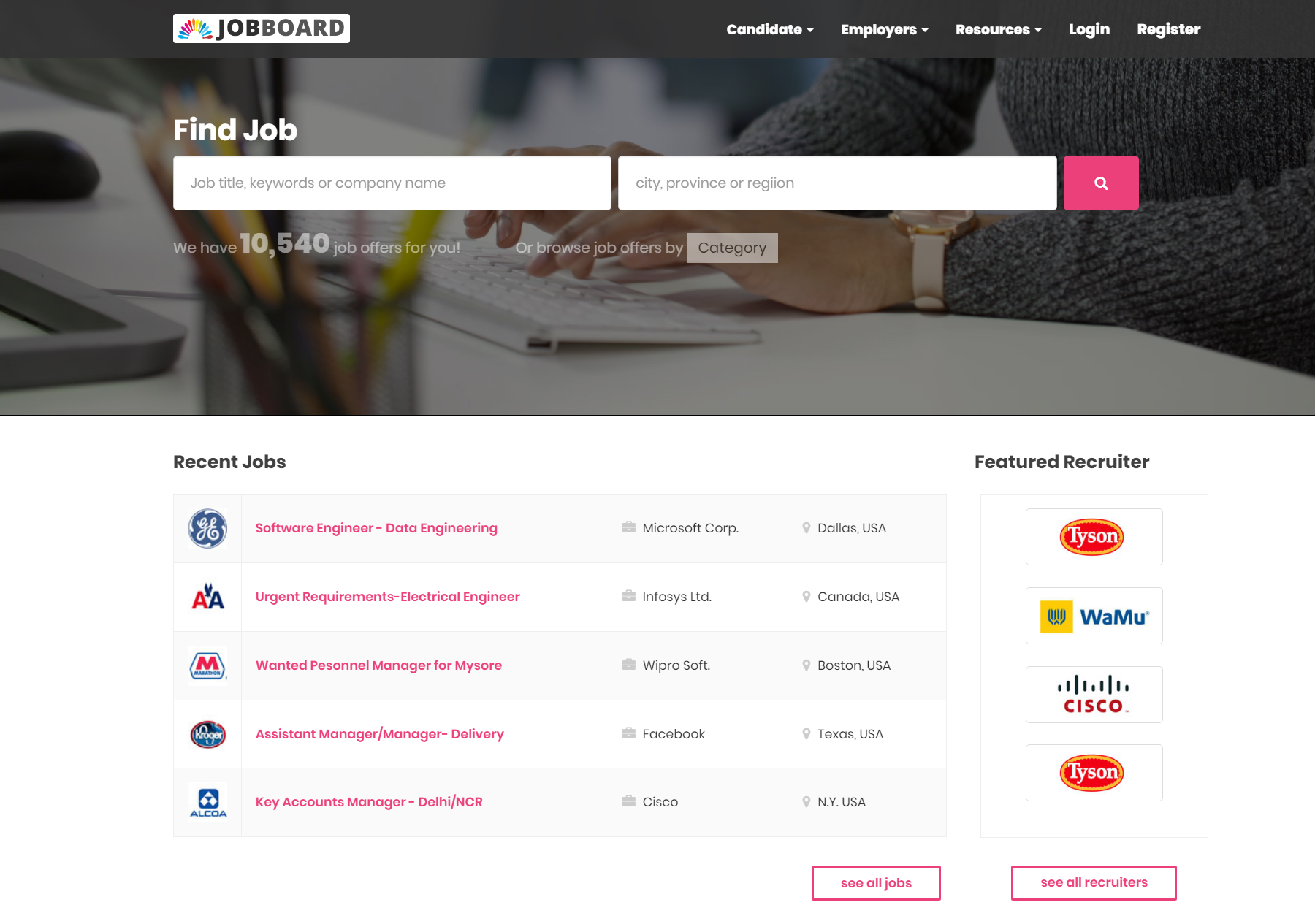Creating a job board from scratch may seem like a complex and technical task, but with the rise of no-code software, you can now build your own job board without any coding knowledge.
No-code platforms like ejobsitesoftware.com provide intuitive visual interfaces that allow you to create robust web applications with ease.
In this step-by-step guide, we will walk you through the process of setting up a job board using no-code software, empowering you to launch your own job platform without writing a single line of code.
Step 1: Define Your Job Board’s Purpose and Target Audience
Before diving into the technical aspects, it’s crucial to define the purpose and target audience of your job board. Determine the industry or niche you want to focus on and identify the needs of your target audience. Understanding your audience will help you tailor your job board’s features and design to meet their requirements effectively.

Step 2: Choose the Right No-Code Platform
Select a suitable no-code software platform that aligns with your job board’s requirements. Some popular no-code platforms for building web applications include:
- Bubble.io: A powerful visual development platform with extensive customization options.
- Adalo: A mobile app builder that allows you to create native apps without coding.
- Webflow: A visual web design tool with advanced functionality for building responsive websites.
- Glide: A platform for creating mobile apps using spreadsheets as a data source.
- Ejobsitesoftware.com : A job board software with applicant tracking, LMS and online video interview.
Evaluate each platform based on factors such as ease of use, available features, scalability, and integrations to determine the best fit for your job board.
Step 3: Design the User Interface
Create a user interface (UI) that is visually appealing and intuitive for your job board’s users. Start by wireframing the key pages, such as the homepage, job listing page, job details page, user registration page, and user profile page. Leverage the job board design capabilities provided by the no-code platform to customize the layout, typography, colour schemes, and branding elements to align with your brand identity.
Step 4: Implement Core Features
a. Job Listing and Search: Utilize the platform’s database capabilities to store and display job listings. Create forms or workflows for employers to submit job details, including job title, description, requirements, and contact information. Implement a search functionality that allows job seekers to filter and find relevant positions based on keywords, location, or other criteria.
- User Registration and Authentication
Set up user registration and authentication features to enable job seekers and employers to create accounts on your job board. Implement secure authentication mechanisms such as email verification and password encryption to protect user data. - Application Submission
Create a streamlined process for job seekers to submit their applications directly through your job board. Include fields for resume upload, cover letter, and other relevant information. Ensure the application submission process is user-friendly and intuitive. - Employer Profile Management
Enable employers to create and manage their profiles on your job board. Provide features such as company information, logo upload, and job listing management to enhance their experience. - Notifications and Communication
Implement a notification system to keep users informed about job updates, application status changes, and other relevant notifications. Set up email notifications or push notifications to deliver real-time updates to users.
Step 5: Enhance User Experience and Functionality
a. Advanced Search and Filtering Options: Consider implementing advanced search and filtering options to allow job seekers to refine their search based on specific criteria like job type, salary range, or experience level. This will enhance the user experience and help candidates find relevant positions more effectively.
- Mobile Responsiveness
Optimize your job board for mobile devices to ensure a seamless experience for users accessing your platform on smartphones or tablets. Utilize responsive design techniques provided by the no-code platform to adapt the UI to different screen sizes.
Step 6: Testing and Launching Your Job Board
Thoroughly test your job board to identify and fix any bugs or usability issues. Involve a group of beta users to gather feedback and make improvements based on their suggestions. Once you are satisfied with the performance and user experience, it’s time to launch your job board to the public.
Step 7: Marketing and Growing Your Job Board
Promote your job board through various channels to attract job seekers and employers. Utilize social media, industry forums, content marketing, and targeted advertising to raise awareness about your platform. Build partnerships with relevant organizations and seek collaborations to expand your user base. Continuously gather user feedback and iterate on your job board’s features and functionalities to provide an excellent user experience and attract more users over time.
Setting up a job board using no-code software empowers you to create a custom hiring platform tailored to your target audience’s needs.
By following this step-by-step guide, you can efficiently build and launch your own job board without writing any code.
Embrace the power of no-code development platforms like ejobsitesoftware.com and embark on the journey of creating a successful job board that connects job seekers with their dream opportunities.
